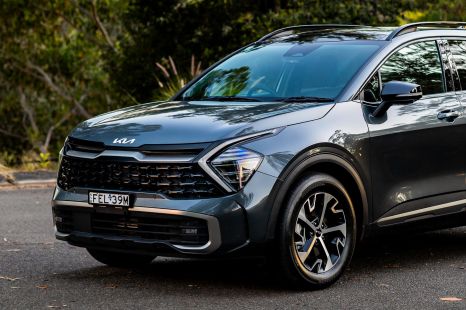

Matt Campbell
1 Month Ago
The second generation of Lexus's top-selling vehicle sticks to the playbook, but has improved nearly every aspect along the way.

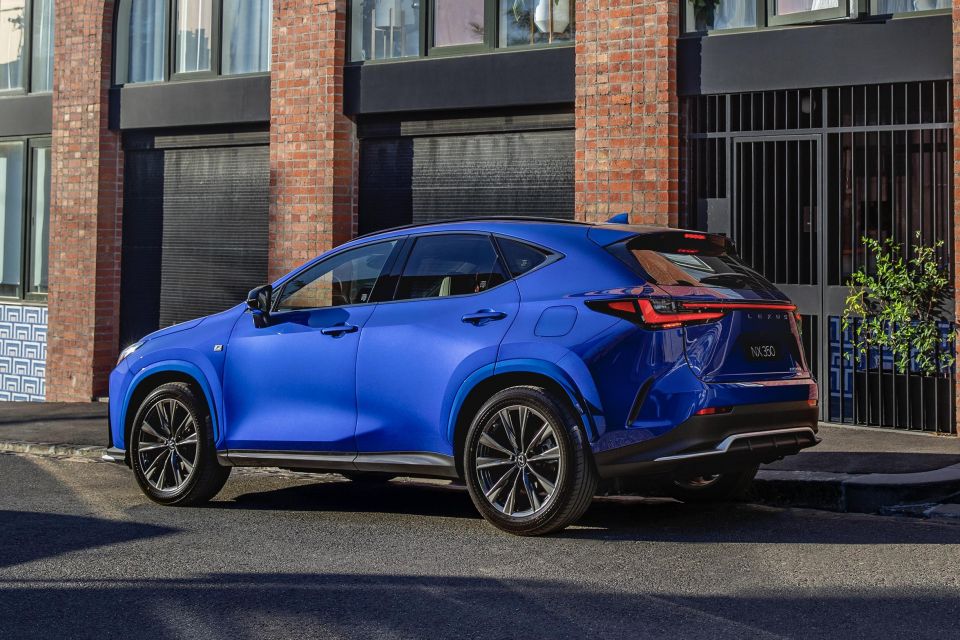

Quickly see how this car stacks up against its competition. Select any benchmark to see more details.
Take advantage of Australia's BIGGEST new car website to find a great deal on a Lexus NX.
The NX medium SUV is Lexus’s top-selling vehicle, so the launch of the new-generation one is rather important for Japan’s biggest luxury car-maker.
This second iteration of the nameplate without doubt stacks up better against big competitors such as the BMW X3, Mercedes-Benz GLC, Audi Q5, Volvo XC60, and Genesis GV70.
Based on a version of the Toyota GA-K group platform that underpins the top-selling RAV4, the new and moderately bigger NX represents an almost wholesale upgrade.

While broadly recognisable, to my eyes it’s a smoother and more cohesive overall execution than the over-stylised old model, with nice proportions, precise lines, and sculpted panels.
This review is based on the Australian media launch and will focus on the petrol and hybrid models, with the brand-first NX450+ plug-in hybrid (PHEV) to be covered separately.
As ever with these first local drives, we report our initial findings. More detailed reviews and videos will be published over the coming weeks as we get a sequence of new NX grades through our garage for longer tests.
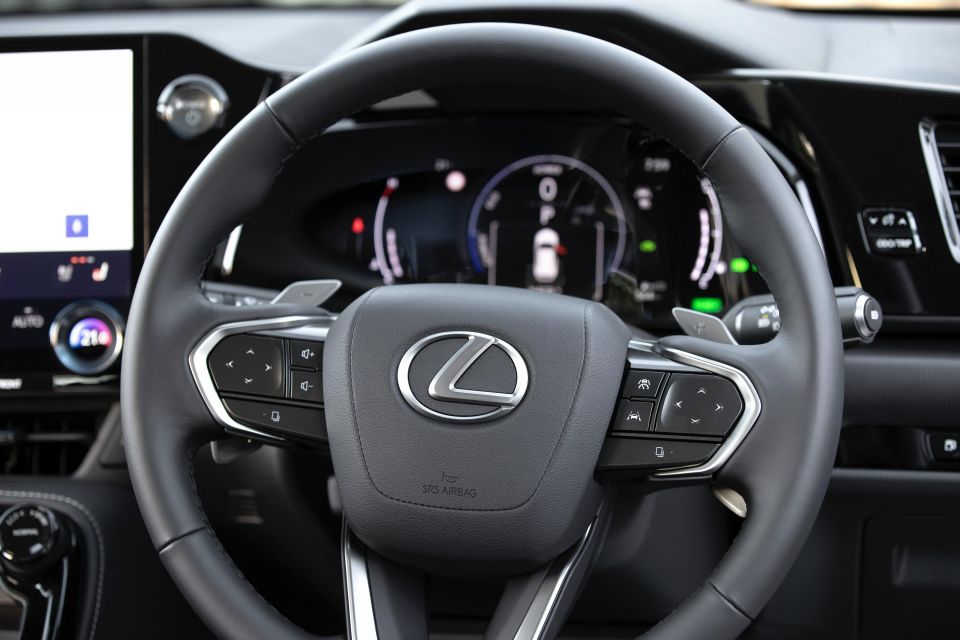
The NX range starts at $60,800 plus on-road costs which, for context, is $8500 more expensive than the flagship RAV4 and about $5000 more than a Volkswagen Tiguan 162TSI R-Line.
Thereby it continues to tempt non-luxury buyers who might want some extra badge cred.
There are three engine choices and specification levels, and a few Enhancement Pack options to add on. Pricing tops off at $83,900 – about in line with a BMW X3 xDrive30i.
The majority of the launch variants are hybrid, which is expected to be the highest-volume drivetrain purchased.
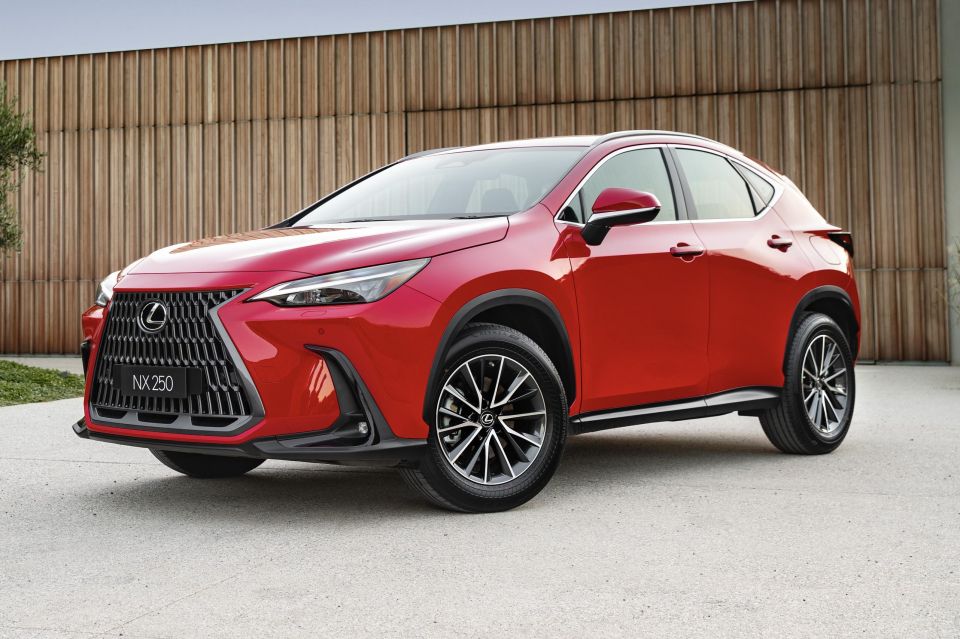
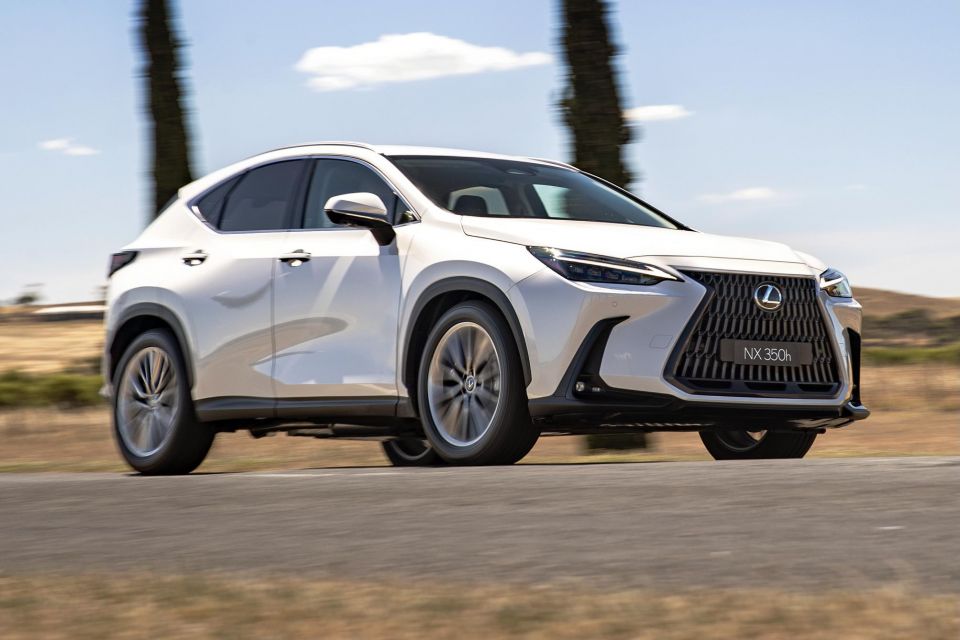

2022 Lexus NX pricing:
NX250
NX350h
NX350
All prices before on-road costs incl. stamp duty and dealer delivery
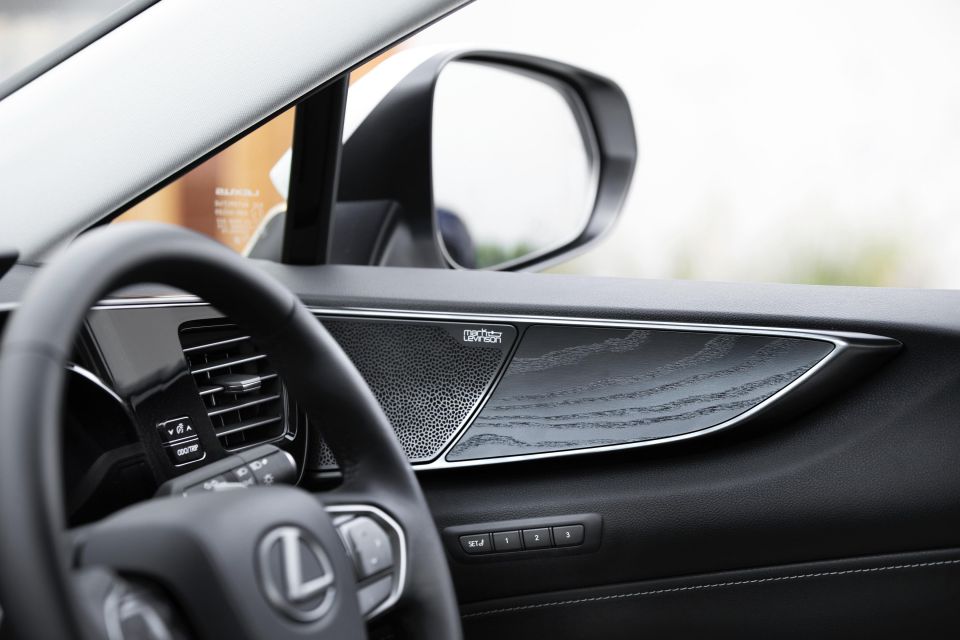
There are base NX250 and NX350h Luxury grades which are about the same bar their drivetrains, above which sit the sporty F Sport or Sports Luxury grades.
It’s not a steady spec walk, with the F Sport and Sports Luxury both using the base models as their points of reference to build from.
Bolded sections denote a feature that’s new to the NX range.
NX250 and NX350h Luxury key features:
NX250 and NX350h Luxury Enhancement Pack add:
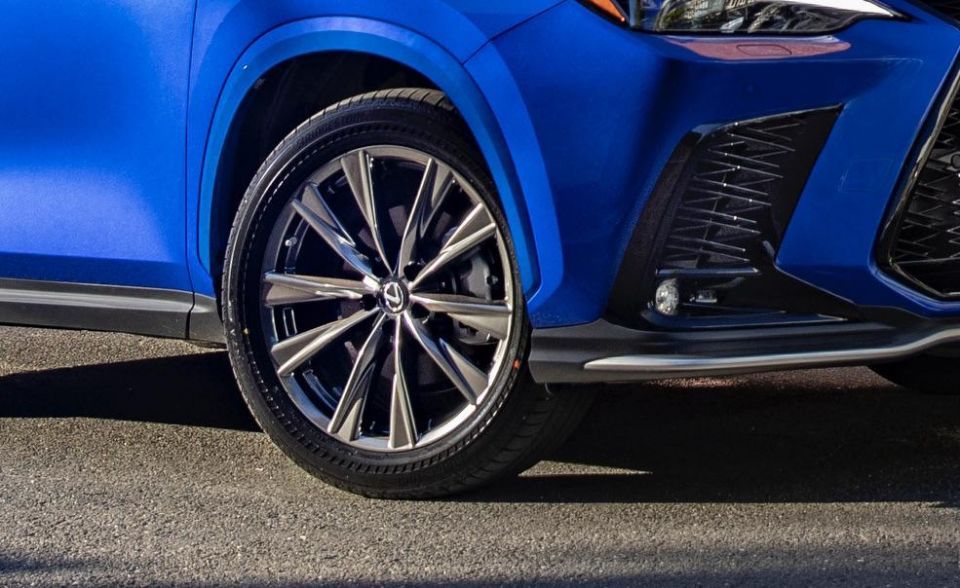
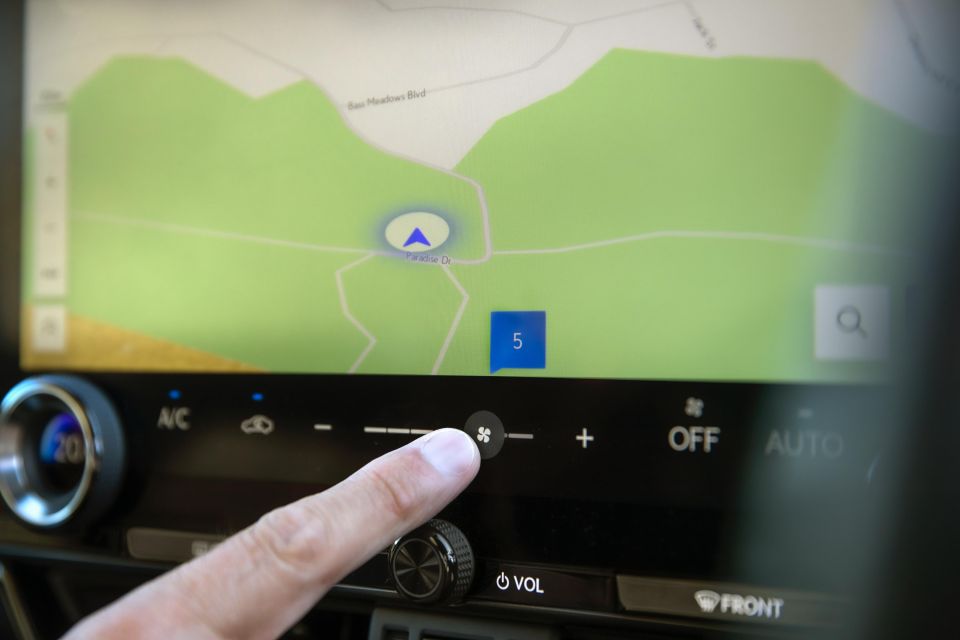
F Sports over NX250 and NX350h Luxury add:
F Sport Enhancement Pack 1 adds:
F Sport Enhancement Pack 2 adds:
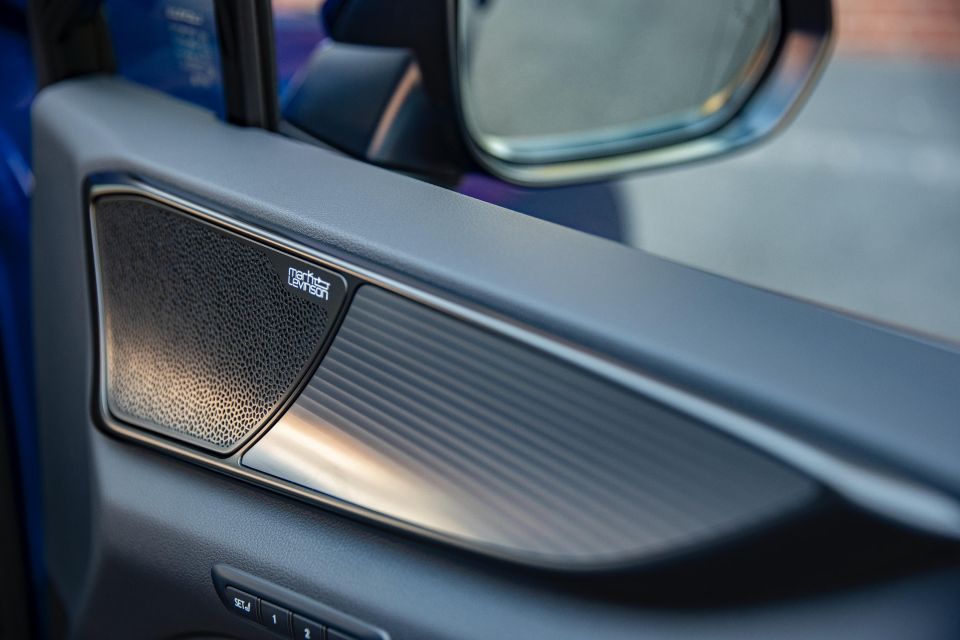
Sports Luxury variants add, over the NX350h Luxury:
Sports Luxury Enhancement Pack 1 adds:
Sports Luxury Enhancement Pack 2 adds:
Colour choices include Sonic Quartz white, Sonic Chrome silver, Titanium grey, Onyx and Grahpite black choices, Caliente red, Khaki Metal green, and Celestial Blue.
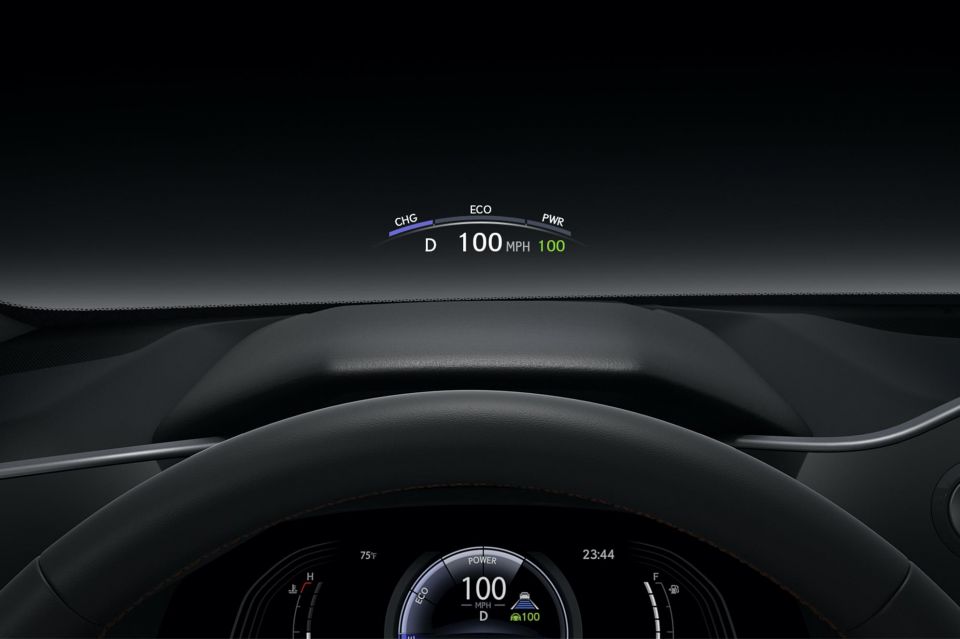
There is no ANCAP safety rating for the new NX yet. The old model scored five stars with a 2017 date stamp.
Standard passive and active safety features include:
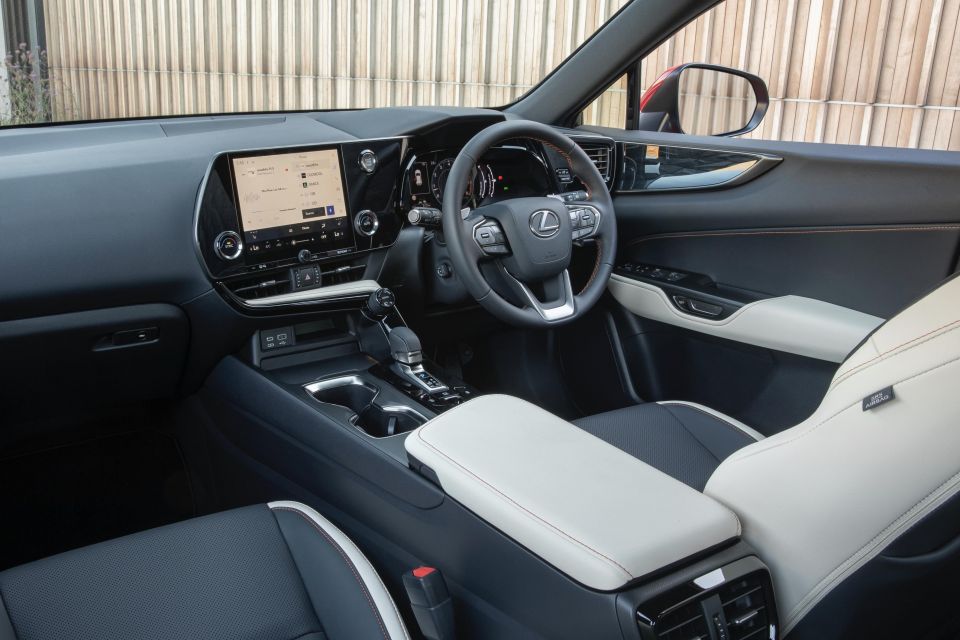
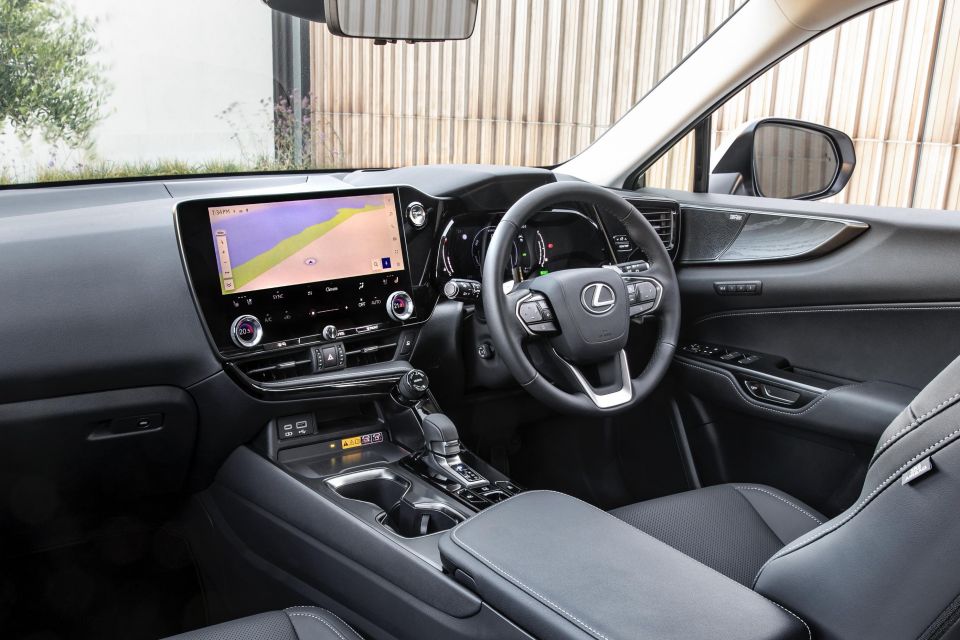
Lexus interiors always feel well-made and use high-quality and tactile materials, but where the new NX moves forward is in the realm of interior tech. One tangible proof-point is that Lexus designers reduced the number of switches from 78 to 45 overall.
Both the 9.8-inch and brash, bold and brilliant 14.0-inch screens work via touch rather than a fiddly trackpad controller, offer smartphone-like swiping and pinching, and seemed to process commands swiftly without glitches. They’re also connected.
Ventilation shortcuts are built into a toolbar at the bottom of the screen, while shortcuts to key functions (navigation, media and audio, phone, vehicle settings) are accessed via the vertical menu bar along the right-hand side.


There is also a single rotary dial for volume control, and two for temperature control – in the higher level grades, they’re fitted with very slick digital temperature readouts that change as you spin. It’s a small, rather delightful touch.
The conversational voice recognition system proved handy. Just say “hey Lexus” or press the small microphone icon, and instruct away. If you say “I’m cold” it turns up the heat, and if you say “open the sunroof” it does just that – much like Mercedes-Benz’s MBUX.
This system can distinguish between the driver and front passenger, who can also lob requests. So if the front passenger asks for the window to be lowered, the left-hand side pane drops.
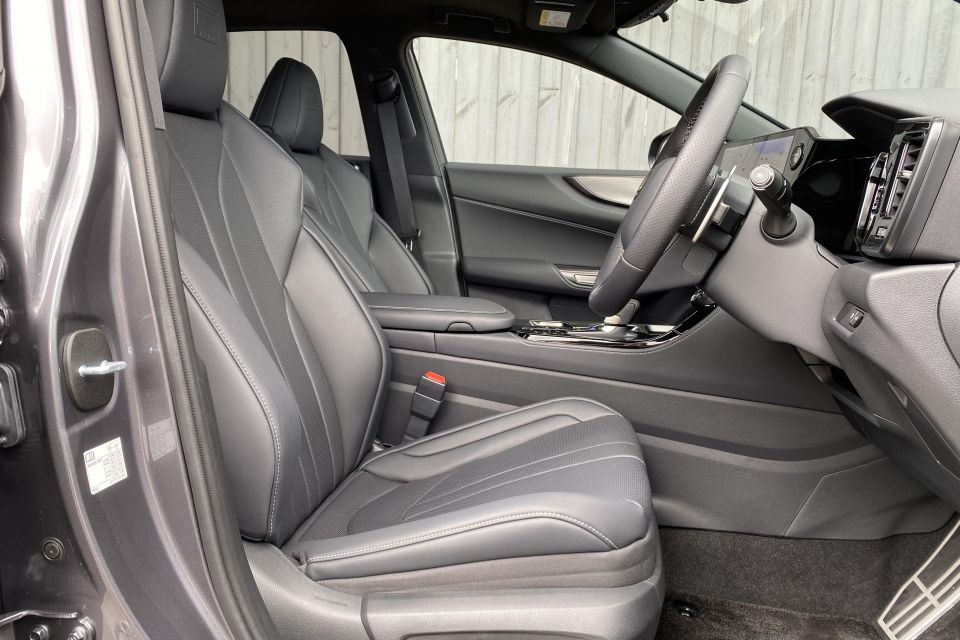
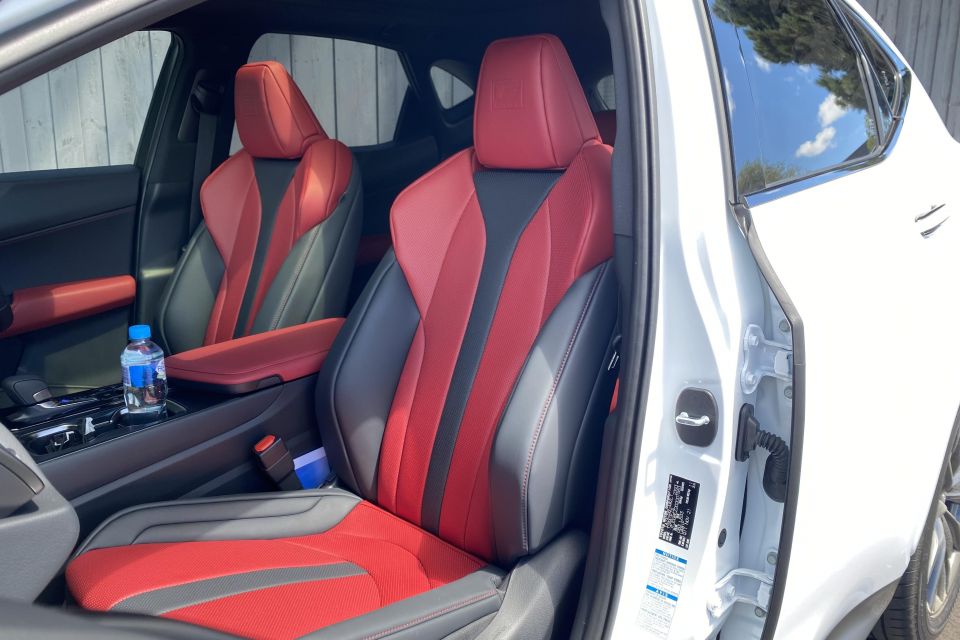
Another thing Lexus does well are seats, which come in a variety of trim colours and materials as listed above. Regardless, they’re supremely comfortable and also frankly act as design centrepieces.
Entry models use conventional buttons on the steering wheel spokes whereas higher grades with the bigger screen instead get touch-sensitive pads that help you scroll through settings in the large, coloured head-up display (HUD). The integration seemed overly fiddly at first, but I warmed to it more than I did in the latest Volkswagen Touareg, for example.
Beneath the HUD is a digitised TFT instrument cluster with the typical centralised dial able to be customised to show three different display layouts: tachometer, analogue speedo, or hybrid system live drive data for electrified variants. All change depending on drive mode.
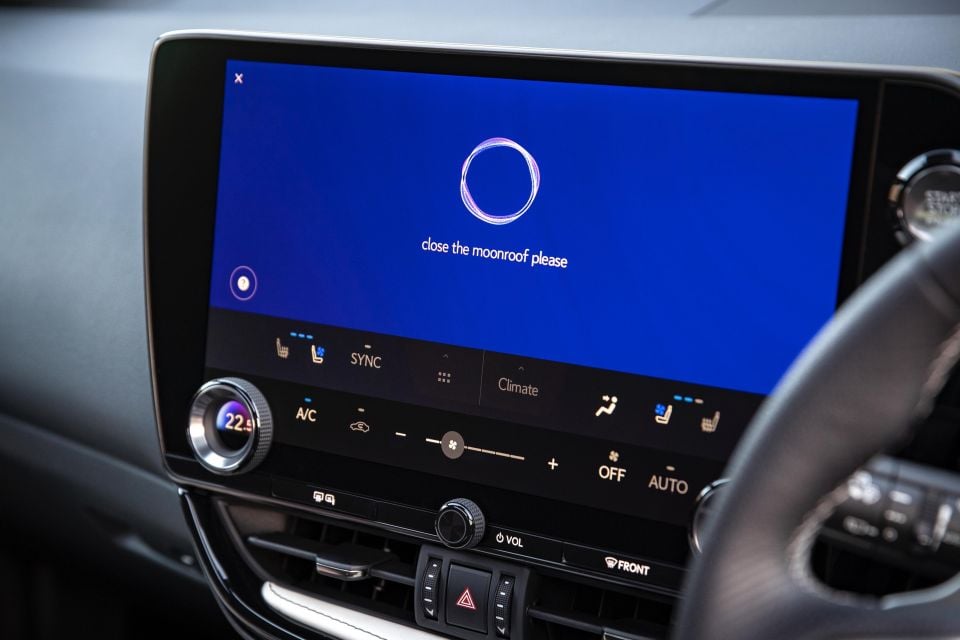
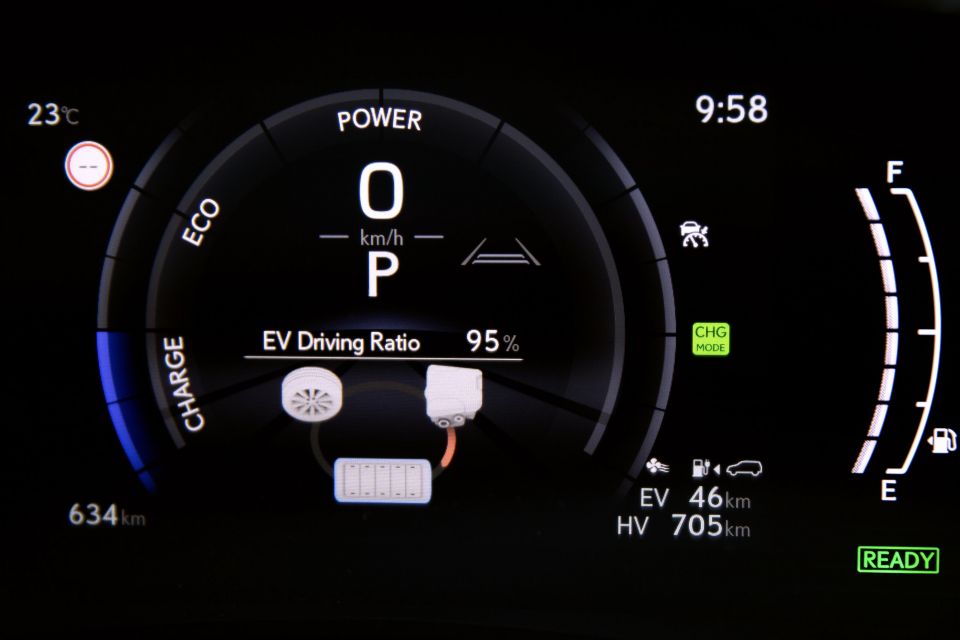
For the F Sport and Sports Luxury grades, a streamlined version showing only vehicle speed can be selected. Navigation route information, scheduled arrival time, driver assist system status, and driving range can also be displayed ahead of the driver in these grades.
Other driving functions including the starter button, drive mode select button and rotary dial, and the stubby shift lever, are quite neatly arranged on the dashboard nearest to the steering wheel. The centre fascia is also distinctly driver-oriented.
Other tech highlights available as standard or options include a digital rear-view mirror; 360-degree cameras; ambient lighting; specific ornamentation; an ‘e-latch’ switch to exit the car instead of a handle (exterior handles are rigid, with a button); and 17-speaker Mark Levinson Quantum Logic Surround Sound in place of a 10-speaker Pioneer base system.
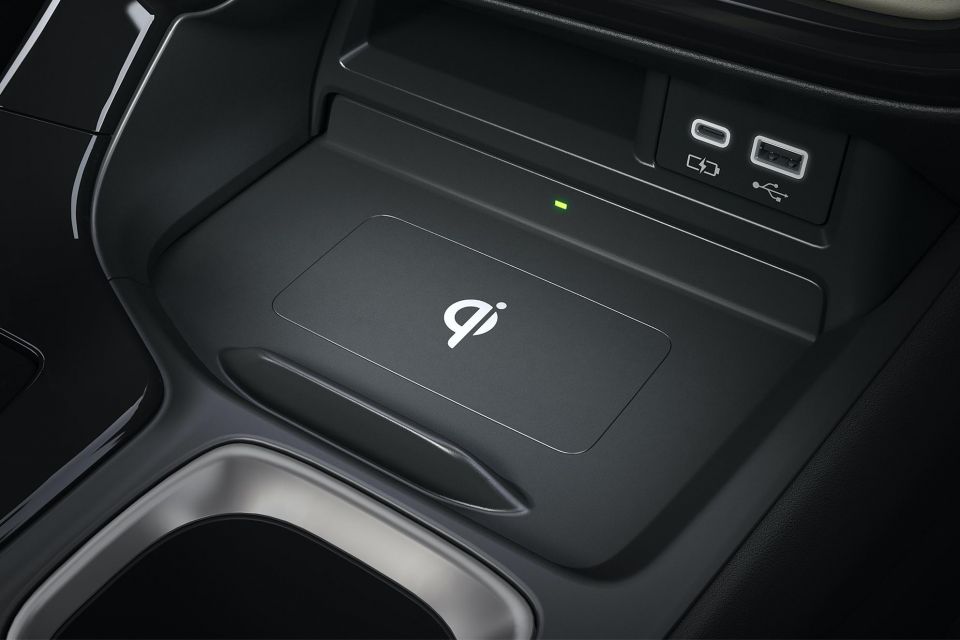
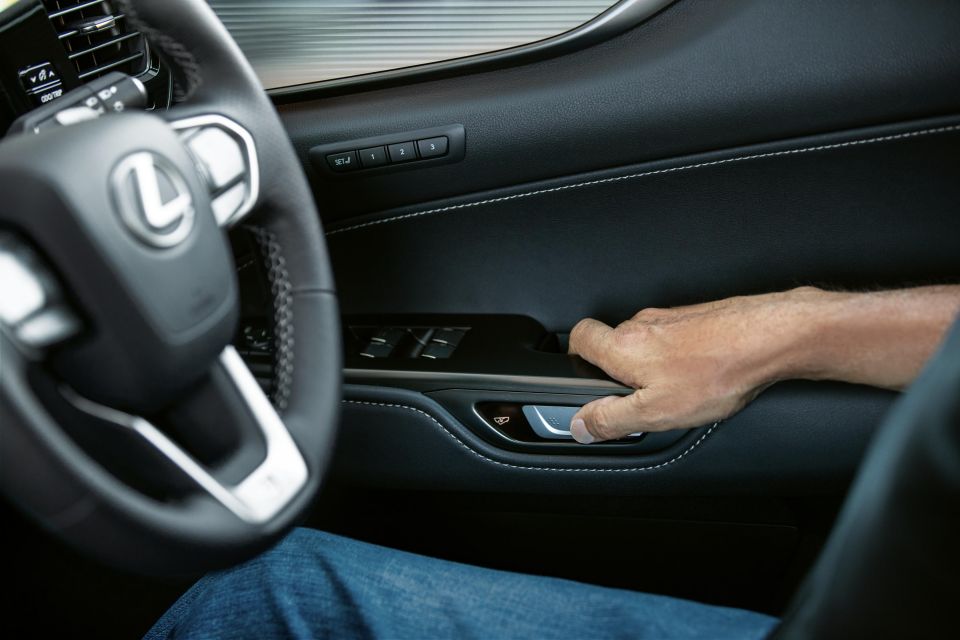
Storage options include a sliding Qi pad-covered tray below the centre dash, two tunnel cupholders, and a two-sided-opening centre console. Small touches like the felt-lined cubbies are always commendable and promise a luxury feel.
The main gripe I found came down to headroom which, when coupled with the sunroof, was never as ample as I’d like. Granted, I’m 194cm (6ft 4), but nevertheless, I didn’t love that my head rubbed against the roof lining. Lexus cites figures of 1195mm front headroom for the base NX 250, 1183mm with the small sunroof, and 1171mm with the panoramic.
The back seats come standard with vents, USB-Cs and a 12V, and armrests with cupholders, and they offer legroom and knee room for two adults. Naturally, ISOFIX and top-tether points are to be found back there. Again, headroom for tall folk is tighter than what would be ideal.
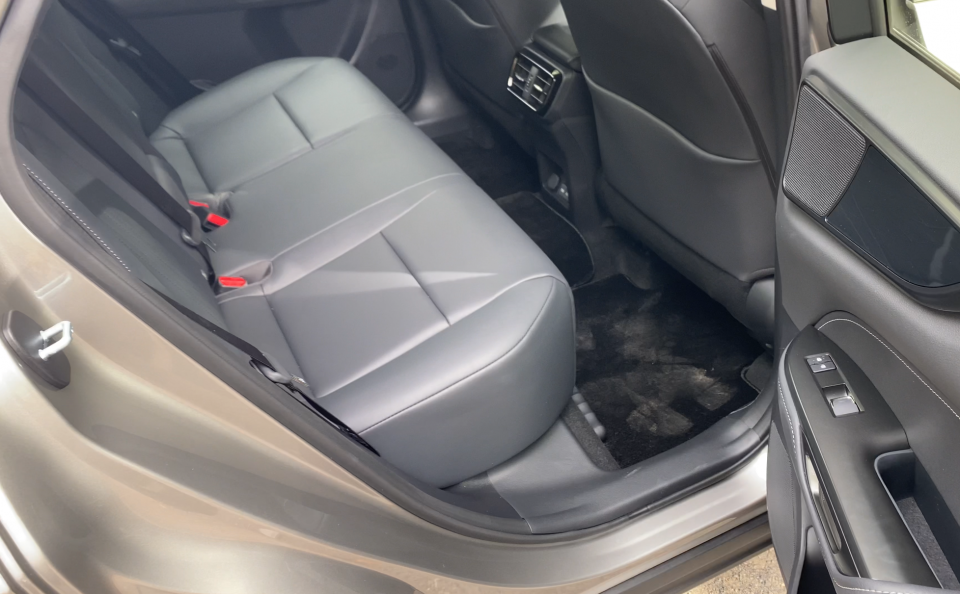
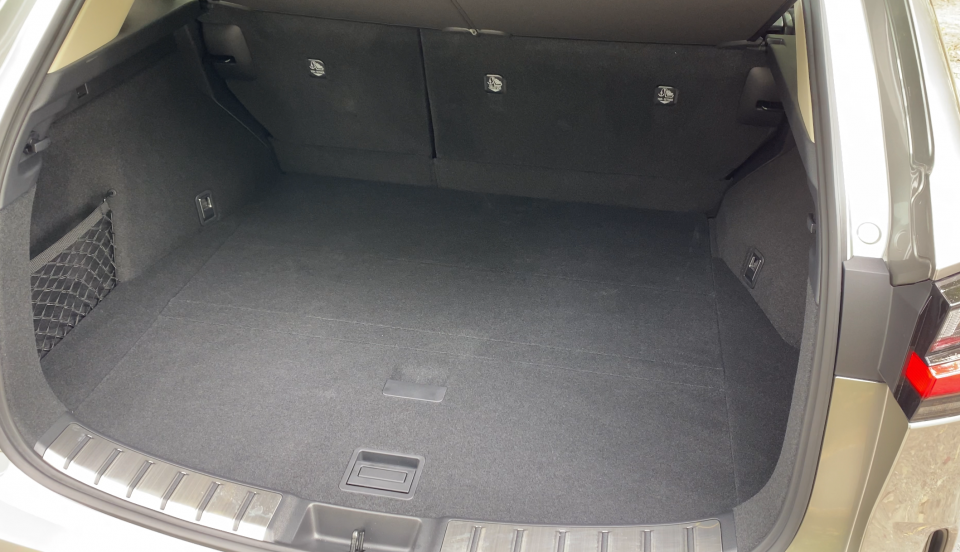
Extra space has been liberated behind the rear-seat backrest, with 520 litres of luggage volume regardless of variant, which expands up to 1411 litres with the rear seats stowed.
There are open tubs below the floor but, alas, that’s because there’s no spare tyre or even patch kit. All models use run-flat tyres, instead.
| Length | 4660mm (+20mm) |
| Width | 1865mm (+20mm) |
| Height | 1670mm (+25mm) |
| Wheelbase | 2690mm (+30mm) |
| Boot | 520L (+20L) |
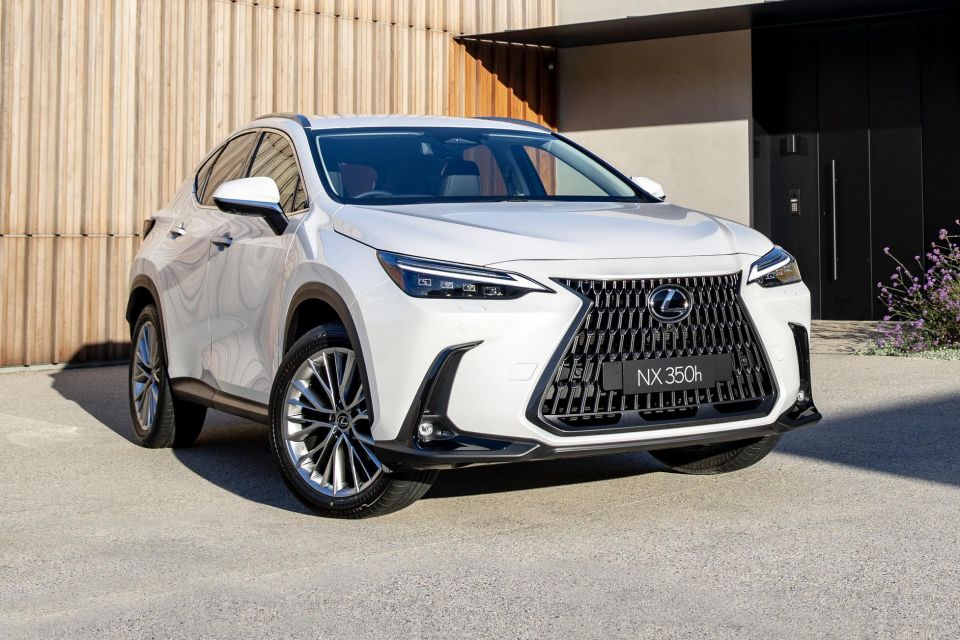
The base NX250 uses a naturally-aspirated 2.5-litre four-cylinder petrol engine with 152kW of power and 243Nm of torque, mated with an eight-speed torque-converter automatic transmission and front-wheel drive (FWD).
Stepping up into the NX350 nets you a new and Lexus-only turbocharged 2.4-litre four-cylinder petrol engine with 205kW and 430Nm, mated to an eight-speed automatic. The extra power is tamed by an electronically-controlled full-time variable AWD system.
The hybrid NX350h is the most powerful Lexus four-pot hybrid to date, with 179kW total system power – up 16kW on the related RAV4. It also has the highest-rated towing capacity, strangely enough.
It combines a detuned (more efficient) 2.5-litre petrol engine with one electric drive motor (FWD) or two electric motors (AWD, using the rear motor to add traction if needed), an e-CVT, and a small lithium-ion battery charged by brake-energy recuperation.
That twin-motor AWD system is nearly $5000 more than the 2WD NX350h, which seems steep.
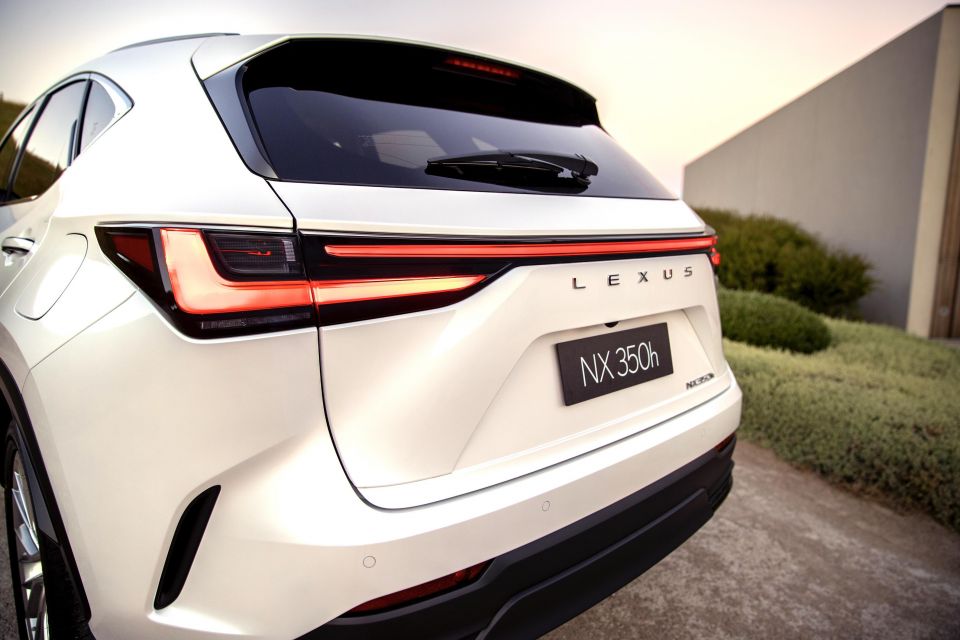
| NX250 | NX350h | NX350 | |
|---|---|---|---|
| Engine | 2.5-litre petrol | 2.5-litre petrol hybrid | 2.4-litre turbo-petrol |
| Outputs | 152kW/243Nm | 179kW system power | 205kW/430Nm |
| Transmission | Eight-speed automatic | e-CVT | Eight-speed automatic |
| 0-100km/h | 8.7 sec | 7.7 sec to 8.7 sec | 7.0 sec |
| Fuel use 95 RON | 6.9L/100km | 5.0L/100km | 8.1L/100km |
| Driven wheels | Front-wheel drive (FWD) | FWD or electric all-wheel drive (AWD) | Mechanical AWD |
| Towing capacity | 1000kg | 1500kg | 1000kg |
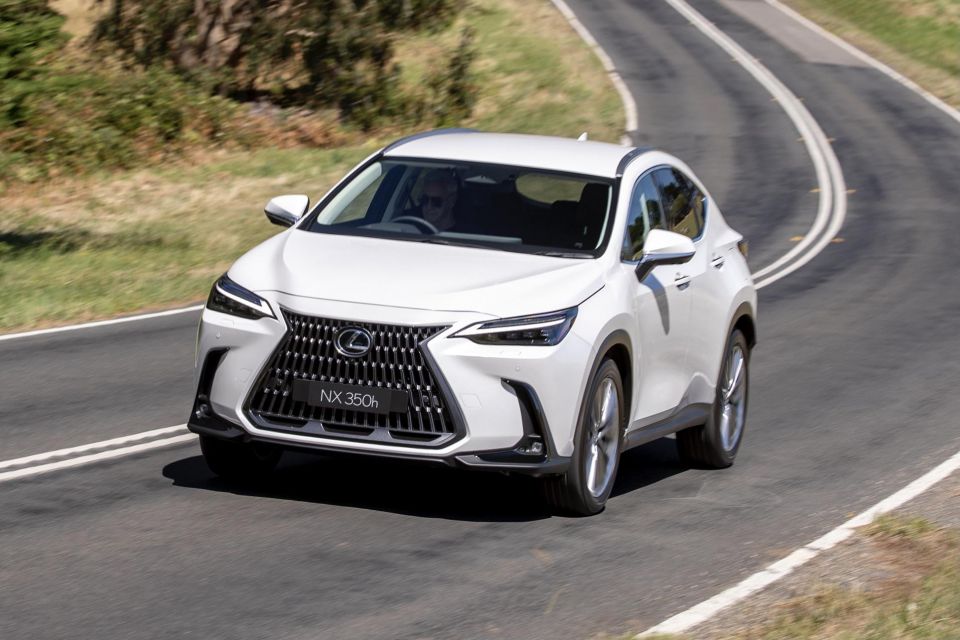
The TNGA-based NX uses MacPherson strut and double-wishbone rear suspension, electric power steering with an 11.6m turning circle, ventilated disc brakes at both ends, and suspension/damper settings that can be tweaked in certain variants.
On good roads it felt eminently smooth and quiet, and based on early impressions offered a more cohesive and dynamic balance of bump absorption, steering response (low in feel/feedback but predictable) and body control against cornering forces compared to its predecessor.
However I did notice a bit of firmness at low speeds over rapid corrugations, which might be down to the run-flat tyres, and once I went from the smooth Peninsula Link in Victoria onto some gnarly, coarse-chip regional B-roads, the noise level permeating into the cabin grew.
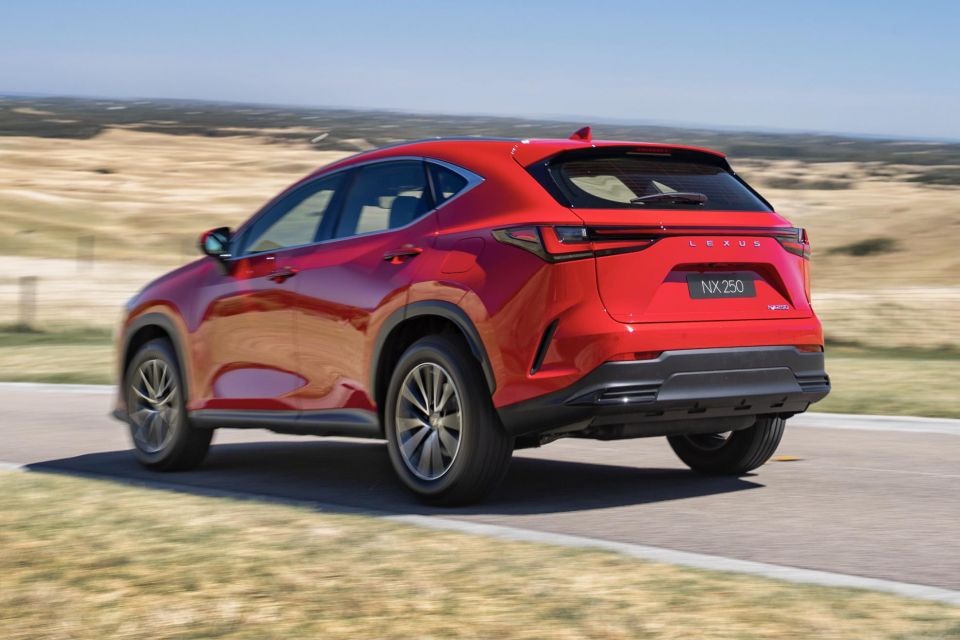
I’d ideally like to spend some time at the wheel on my regular testing roads to get a better gauge, however.
The base 152kW and 243Nm 2.5-litre petrol engine in the lightest NX250 FWD offers quick responses and decent pickup, but also gets quite loud and raucous under heavy throttle.
The NX350’s 2.4-litre turbo is much better – while it doesn’t pin you back in your chair, it offers more low-down torque and feels both smoother and more effortless. The various torque distribution parameters of the AWD version can be displayed on the TFT driver’s display.
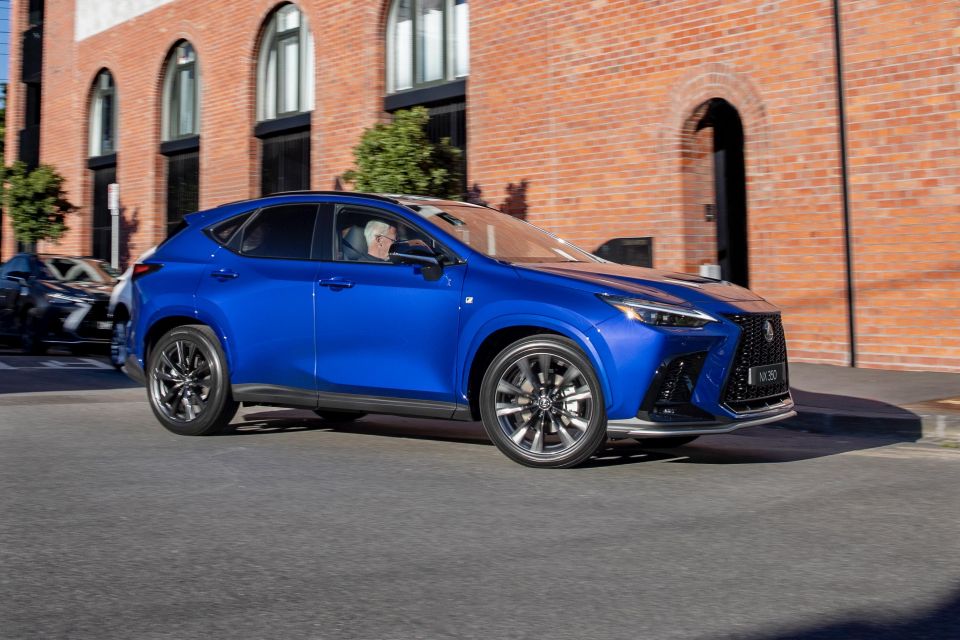
The NX350h hybrid is the pick from a fuel-savings perspective, with 5-5.5L/100km eminently achievable, meaning a circa-1000km driving range is in the offing. Lexus has been doing mild hybrids as long as anyone, and it shows.
By using an electric motor (powered by a small battery, charged by brake-energy recuperation), it rolls off the mark in silence, and can ‘idle’ without vibrations. You can also roll out of driveways, reverse, or coast at high speeds using zero fuel.
When the petrol engine does kick in, it does so largely imperceptibly, with excellent drivetrain management logic that you come to trust implicitly. It’s quiet, refined, frugal, and even quite punchy – with an e-CVT that keep things restrained even under hard bursts of acceleration.
When we get some NXs on longer loans I want to more closely investigate the real-world hybrid consumption, measure the NVH, and revisit the low-speed corrugated-road bump absorption. Even so, it’s unquestionably a better drive than the old NX, which was frankly a bit average in this department.
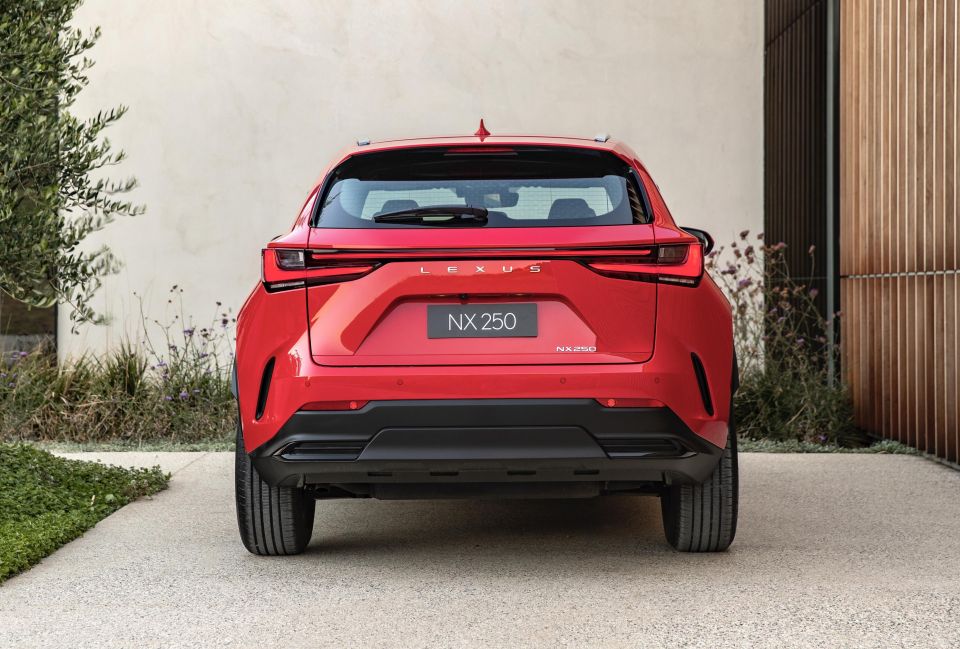
Every Lexus has a five-year, unlimited kilometre warranty and a 10-year battery warranty in hybrid models.
Capped-price servicing for three years or 45,000km is set at $495 per visit. The NX can be collected from the owner’s home or place of work, with a complimentary loan vehicle delivered door to door.
Lexus Australia is rolling out a new smartphone app that lets owners track and check up on or control aspects of their vehicle from the couch. Always a leader in customer care in-person, it clearly hopes to take this into the digital realm too.
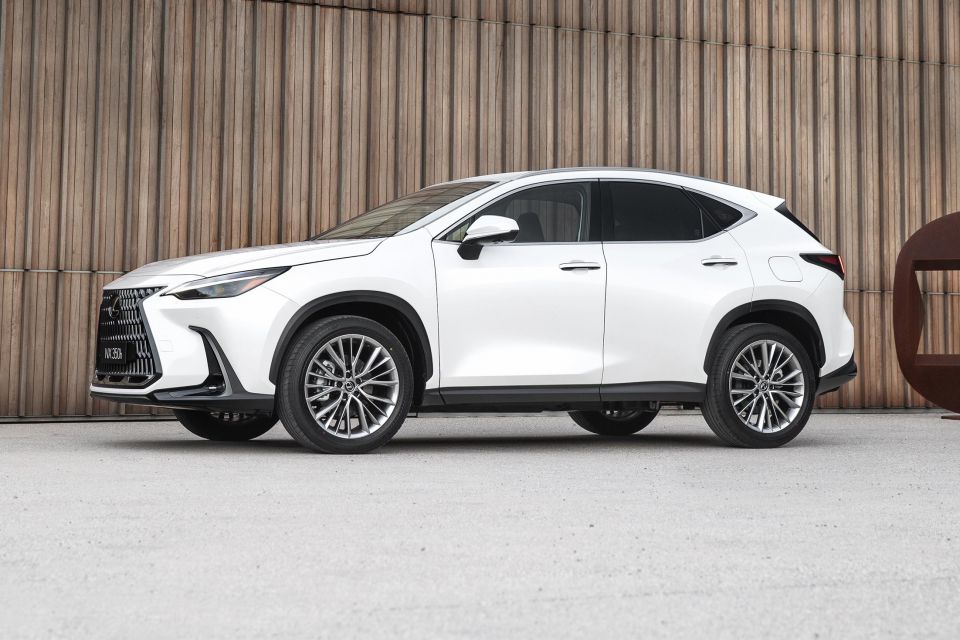
The Lexus NX is arguably the company’s most important vehicle, as the level of effort the company put into its development shows.
It sticks to the formula in some ways, in that it promises to be a luxury SUV in the market’s biggest segment designed to tempt people up from cheaper Mazdas, and away from the Germans and Volvo, at the same time.
The new model has some room for enhancement, but overall it’s a great improvement, particularly in terms of its drivetrains, its more resolved design, and its upgraded interior technologies.
Couple all this with Lexus’s excellent reputation for customer care and reasonable running costs, and you have the makings of a real contender that ticks off most of the important boxes.

Click the images for the full gallery
MORE: Everything Lexus NX
Take advantage of Australia's BIGGEST new car website to find a great deal on a Lexus NX.


Matt Campbell
1 Month Ago
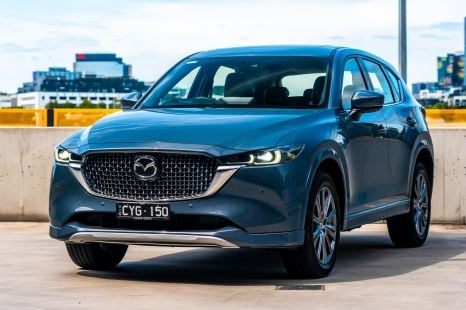

Max Davies
1 Month Ago
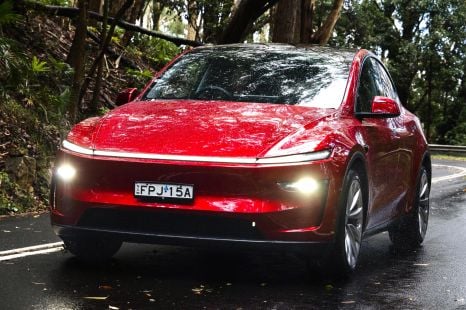

Max Davies
24 Days Ago
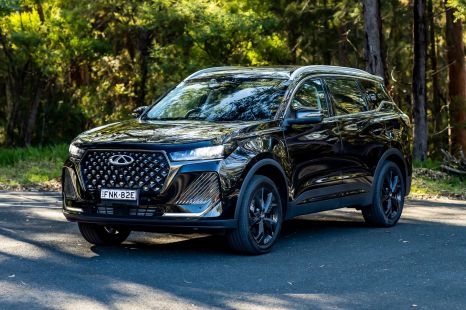

Matt Campbell
12 Days Ago
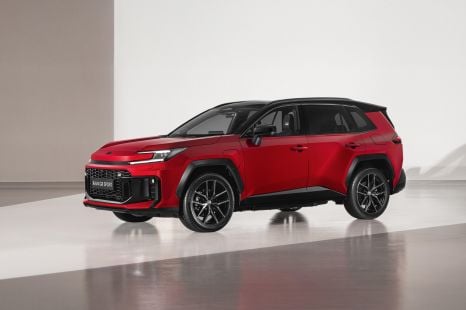

Dave Humphreys
11 Days Ago
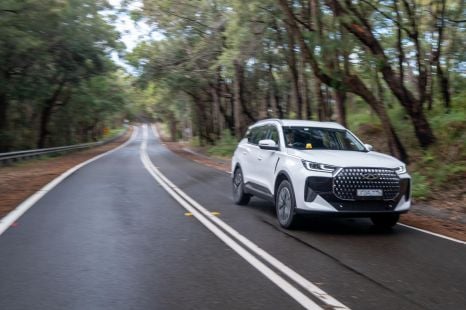

Andrew Maclean
11 Days Ago